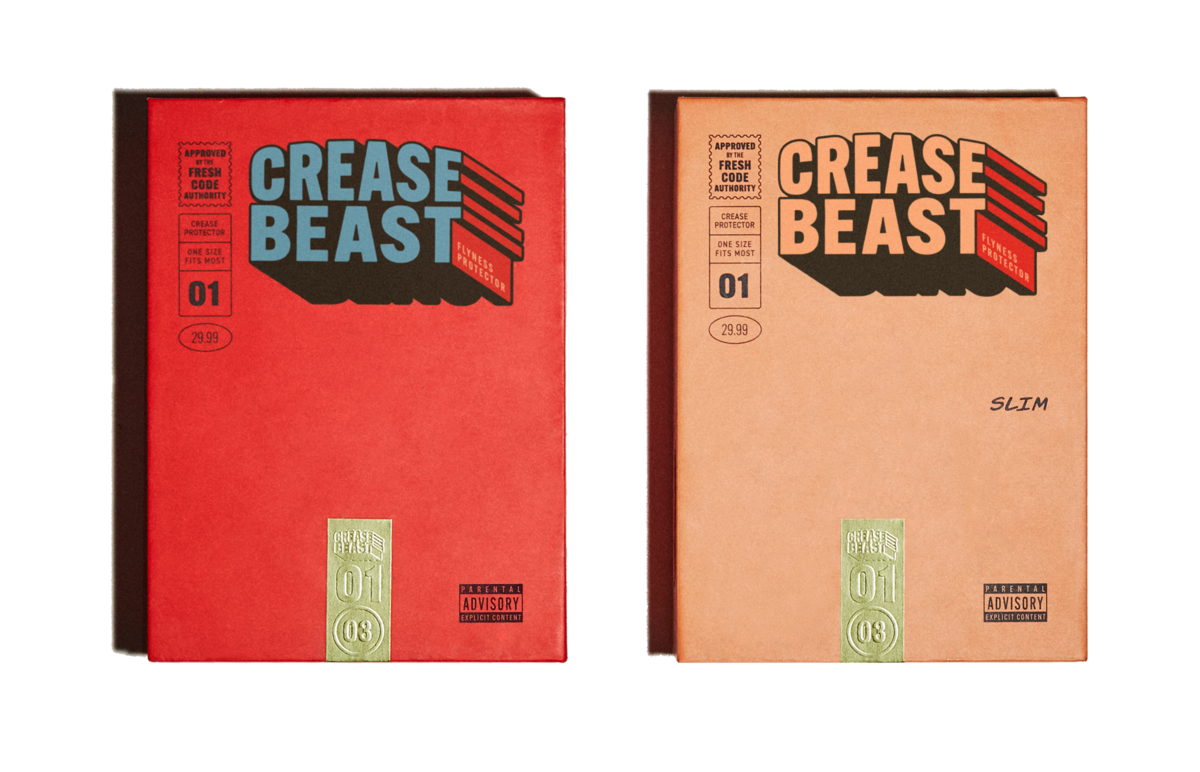Crease Concealment in Fashion Photography
Fashion photography is a captivating art form that requires meticulous attention to detail and a keen eye for aesthetics. One crucial aspect that greatly contributes to the overall impact of a fashion photograph is crease concealment. The ability to effectively hide creases in clothing can significantly enhance the visual appeal of the subject and elevate the quality of the image.
Fashion Photography: An Art of Perfection
Fashion photography is all about capturing the beauty, elegance, and style of fashion garments. It aims to showcase clothing in its most flattering form, creating an aspirational image that entices the viewer. However, even the most meticulously styled and tailored outfits can fall short if creases are visible, as it detracts from the overall aesthetics and professionalism of the image.
Concealing Techniques: Mastering the Art of Camouflage
There are various techniques employed in fashion photography to conceal creases and achieve a seamless and polished appearance. One widely used method is steaming or ironing the garments prior to the photoshoot. This eliminates any wrinkles or creases, ensuring a flawless look.
In addition to prepping the clothing, photographers and stylists leverage clever positioning and strategic posing to minimize the visibility of creases. By carefully directing the model's movements and ensuring the right angles, photographers can manipulate the fabric to hide any unwanted creases.
Clothing Selection: The Impact of Fabric and Fit
The choice of fabric and the fit of the garment play a vital role in crease concealment. Certain fabrics, such as silk or satin, tend to show creases more prominently than others. Opting for fabrics with more texture or patterns can help camouflage any creases that may occur during the photoshoot.
Moreover, the fit of the clothing can also impact crease visibility. Loose-fitting garments, for example, may naturally create more creases, whereas well-fitted attire can minimize their appearance. Selecting the right size and ensuring proper tailoring are essential aspects to consider when aiming for seamless crease concealment.
Photography Techniques: Lighting, Angles, and Post-Processing
Photography techniques play a crucial role in crease concealment. Skillful manipulation of lighting and shadows can effectively camouflage creases, as proper lighting highlights the subject while minimizing any imperfections.
Choosing the right angles and perspectives can also aid in reducing crease visibility. By experimenting with different shots and compositions, photographers can find the most flattering angles that diminish the impact of any creases.
Post-processing techniques can further enhance crease concealment. Photo editing software enables photographers to retouch images, smoothing out any creases that may have been missed during the shoot. However, it is important to strike a balance and avoid excessive retouching, as it may compromise the authenticity and integrity of the photograph.
The Complex Balancing Act: The Art of Concealing
Successfully concealing creases in fashion photography requires a delicate balance between various factors. Achieving a flawless look while maintaining the authenticity and naturalness of the garments is a challenging task that demands expertise and creative problem-solving.
It is crucial for photographers, stylists, and designers to collaborate closely to ensure the effective concealment of creases without compromising the desired style and visual narrative. Achieving this delicate balance is a testament to the skill and artistry of the fashion photography industry.
The Importance of Crease Concealment
Crease concealment is not merely a superficial concern in fashion photography. It is a critical aspect that directly affects the perception and reception of the clothing being showcased. Creases can give the impression of sloppiness or lack of attention to detail, which can greatly diminish the impact of the photograph and the professionalism associated with the brand or designer.
By prioritizing crease concealment, fashion photographers and industry professionals demonstrate their commitment to presenting fashion in its best light. Attention to detail and perfectionism are key values that drive this art form, and crease concealment is an integral part of maintaining those standards.
In Conclusion
Crease concealment is an essential element of fashion photography that demands attention to detail, creativity, and collaboration. It involves various techniques, from garment preparation and styling to photography and post-processing. By skillfully concealing creases, fashion photographers enhance the visual appeal of the images and uphold the standards of the industry. The art of crease concealment is a testament to the dedication and expertise of the professionals in the fashion photography realm.
